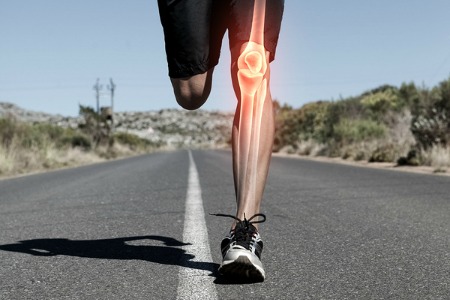
If you can relate to any of the above or have some other pain in your joints, legs or feet, then a biomechanical assessment and analysis of how you walk is what you need.
Podiatric biomechanics is a specialism concerned with how the foot functions and locomotion. It encompasses foot development, and aims to preserve and/or improve the function of the feet and how we walk.
The foot is an intricate structure made up of 26 major bones, joints and soft tissue structures. The efficiency with which the foot functions when walking depends on the way in which these bones and joints move in relation to each other.
When we walk or run, our feet need to be flexible enough to absorb the shock of hitting the ground. The foot also has to be firm enough not to collapse as the body's weight moves over it at each and every step.
Efficient and pain-free function also depends heavily on the foot's angle to the leg and to the ground. Sometimes things can start to go wrong with how our feet function, and pain or disability results. This includes foot, ankle, knee, hip and even back pain.
Common injuries requiring gait analysis are:
A biomechanical examination involves taking a series of measurements of the feet and legs with the patient standing and lying down, checking joint movements and assessing muscle strength and flexibility. We need to watch how you walk to assess the way in which your feet work.
Once a diagnosis has been reached your podiatrist will discuss the proposed course of treatment, giving options where appropriate. It is possible that a programme of exercises and advice on footwear may be all that is necessary. You may need an orthotic insole in your footwear to improve your walking pattern.
Our eyes often cannot work quick enough to pick up and see some of the abnormalities that occur when we walk and so Brightwell Clinic uses a state of the art gait analysis system (fscan) together with video analysis to assess your foot and leg function. We can then use the data collected by this hi-tech equipment to prescribe orthotics and advise the best course of action to either prevent future injuries or address your current problems.